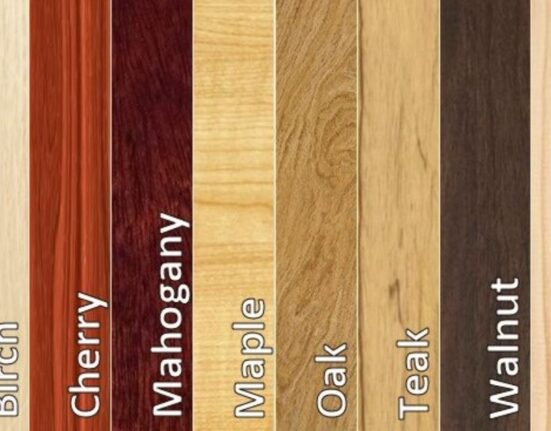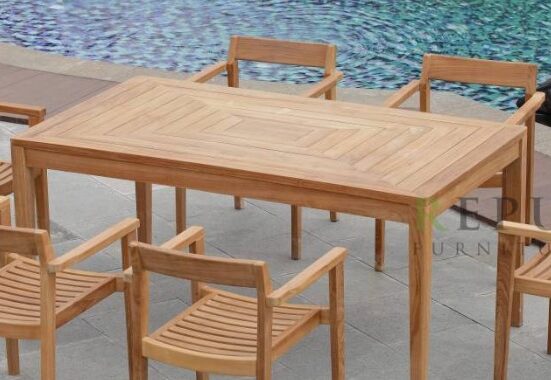Indonesia furniture – What makes wood weak? Wood gets weaker if it suffers from defects, such as coarse grain, fungi damage, insect defects, and seasoning defects. What makes wood weak? Particular defects can cause wood or timber to lose parts of its strength. These defects may be due to natural factors or manufacturing processes. As a result, furniture made of timber with these defects does not have excellent quality.
However, you must not worry about the quality of your wood furniture if you buy it from a trusted manufacturer. A trusted manufacturer will only use top-quality timber to make their products. In addition, this company follows a high standard in the manufacturing process to ensure consumer satisfaction.
What Makes Wood Weak?
Wood is one of the essential materials in creating building structures and wood furniture. People love using this material because it can last for decades if you properly take care of it. However, several factors can weaken this material and cause it to lose its durability.
Below are several factors that weaken the wood.
-
Wooden Knot
A knot comprises hard dark rings that appear when a branch is broken or cut off from a tree. It interrupts the wood grain direction or the continuity of the wood fiber. As a result, a knot reduces the strength of the wood.
Some knots have holes, splits, or severe grain deviation. Consequently, wood with these knots is weak and unideal for furniture manufacturing.
-
Diagonal Grain
American Forestry Association prohibits woodworkers from using wood with diagonal grain in structural applications. The reason for this prohibition is diagonal grain reduces the wood’s strength.
Diagonal grain is the result of improper sawing, i.e., sawing the wood at an angle. Wood with diagonal grain has growth rings that are at an angle with the axis of the timber.
-
Coarse Grain
Timber with coarse grain is weaker and less durable than that with normal grain. Coarse grain is a natural defect that occurs when a tree grows rapidly. Timber with coarse grain has wider annual rings. This is why this timber is weaker and less dense than timber without this defect.
Other Articles : Does Wood Weaken Over Time? What Factors Causing Weakening Wood?
-
Fungi
If you ever wonder what makes wood rot and weak, fungus is the answer. You can detect fungal damage on wood from its appearance. One of the signs of fungal damage is discoloration. Wood with this defect looks paler compared to that of similar species.
In addition, wood with fungal damage shows decaying signs, such as producing wood powder, turning into powder when crushed, and hollow sound when knocked. Wood that is exposed to wind and rain or doesn’t have a protective layer will have a higher risk of suffering from fungal damage.
-
Insects
Insects, such as termites, pin-hole borers, and wood boring beetles, can cause wood to lose its strength. Insect defects occur in both freshly cut logs and dry timber. However, properly seasoned wood has less risk of suffering from insect defects.
-
Seasoning Defects
Wood seasoning is the process of drying lumber for woodworking and other commercial uses. Seasoning can drop the moisture level in wood to 10% or less.
However, seasoning can cause several defects that weaken the wood. Some of these defects are case hardening, twisting, and checking.What makes wood weak? Various defects make wood weak. Weak wood cannot produce strong and durable furniture. However, you’ll have strong wood furniture if you buy it at https://republicfurnitures.com/blog/contact-us. Republic Furniture only uses top-quality wood to make furniture.




